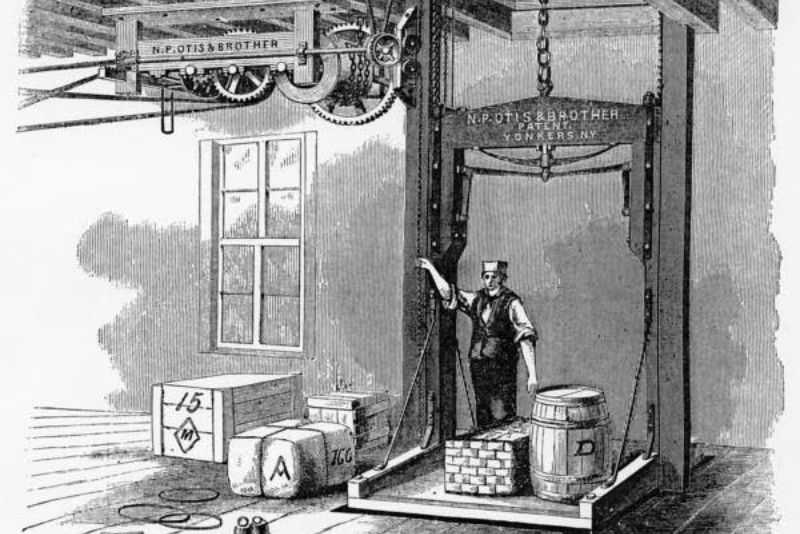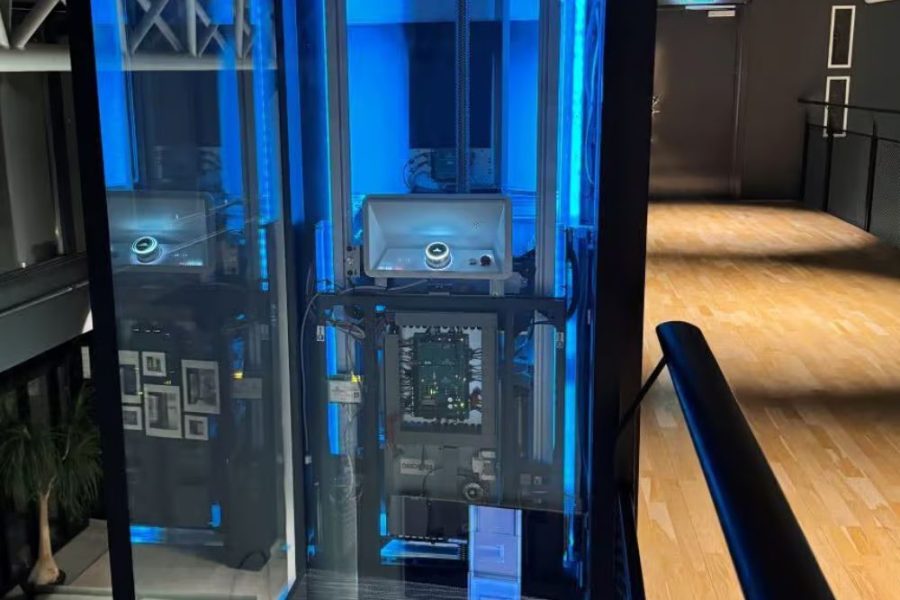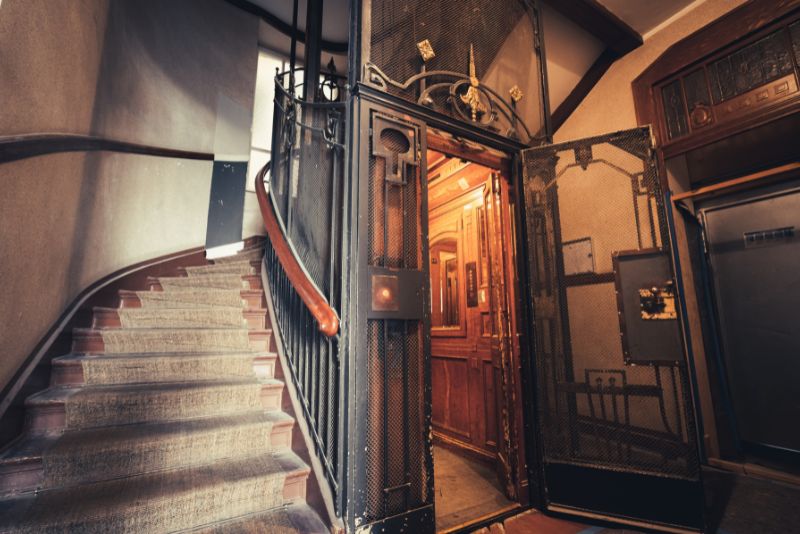From the ancient hoists of Archimedes to the towering skyscrapers of the modern cityscape, the history of the elevator is a fascinating journey of innovation, engineering, and human ambition. This vertical voyage has transformed not only the way we move within buildings but also how we conceive and construct them. Each step in this journey reflects a pivotal moment in technology and architecture, where necessity sparked invention and luxury inspired refinement. Let’s embark on a historical ascent through the key milestones that have elevated the elevator from a simple mechanical device to a symbol of modern efficiency and architectural possibility.
236 BC – Archimedes’ Early Innovation:
Archimedes of Syracuse makes the first recorded mark in elevator history with his simple yet effective design using hoists and pulleys, laying the groundwork for future developments.
1st Century AD – Elevators in Ancient Rome:
The Roman Colosseum incorporates elevators using hoist mechanisms, a practical solution for transporting animals and gladiators to the arena, showcasing early engineering ingenuity.
1000s – Elevators in Medieval Europe:
In medieval Europe, monasteries and castles adopt basic hoist systems, often powered by animals or humans, demonstrating the practical use of elevators in pre-modern times.
1743 – Louis XV’s ‘Flying Chair’:
King Louis XV installs a personal elevator, known as the “flying chair,” in the Palace of Versailles. This early example of a luxury elevator reflects the period’s advancements and royal opulence.
1793 – Ivan Kulibin’s Screw Lift:
Russian inventor Ivan Kulibin introduces a screw-driven lift with innovative safety features at the Winter Palace, Saint Petersburg, marking a significant step forward in elevator safety and design.
1852 – Elisha Otis’ Safety Elevator:
Elisha Graves Otis presents the safety elevator, a groundbreaking design that includes a safety brake to prevent falls if the hoisting cable fails, revolutionizing elevator safety.
1857 – The First Commercial Passenger Elevator:
Otis installs the first commercial passenger elevator in New York City’s E.V. Haughwout Building, significantly influencing urban architecture and the use of building space.
1870 – Introduction of Hydraulic Elevators:
The development of hydraulic elevators, using water pressure for operation, adds a new dimension to elevator technology, enhancing capabilities and design possibilities.
1880s – The Rise of Electric Elevators:
The transition to electrically powered elevators marks a pivotal moment in elevator history, leading to safer and more efficient designs.
1889 – Direct Current Motors by Siemens:
Werner von Siemens introduces the first electric lift using a direct current motor in Germany, advancing the electrical aspects of elevator technology.
1900 – Elevators and Early Skyscrapers:
The integration of elevators becomes crucial in skyscraper construction, pushing the limits of building height and design.
1950s – The Era of Automatic Elevators:
The introduction of automatic elevators, eliminating the need for manual operators, represents a significant leap in convenience and operational efficiency.
1980s – Present:
Computerization in Elevator Technology: The integration of computer systems in elevators marks a modern era of improved safety and efficiency.
The history of the elevator is a remarkable story of innovation and progress, transforming from simple mechanical hoists to sophisticated systems integral to modern architecture. These advancements not only reflect human ingenuity but also continue to shape how we live and build in our ever-growing urban landscapes. Want to know more about home or commercial lifts in the 21st Century? Contact the team at Axis Lifts today to find out more.



